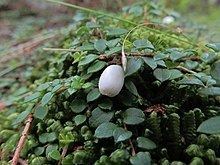Genus Gaultheria Rank Species | ||
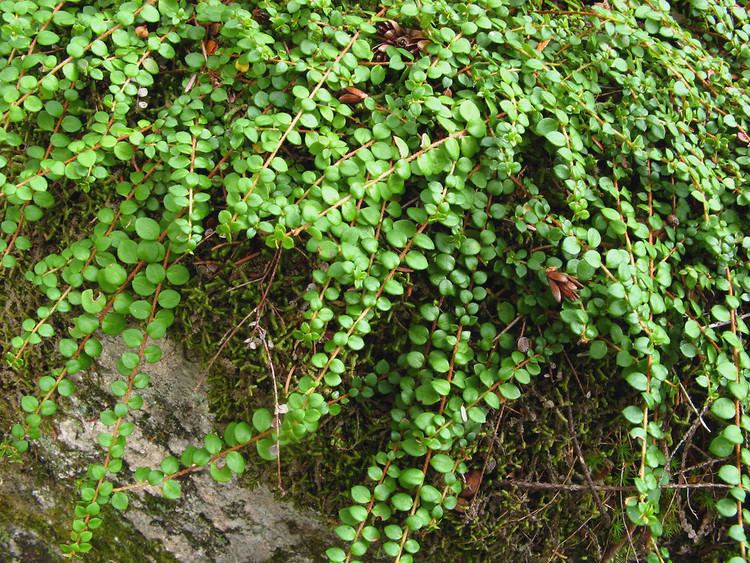 | ||
Similar Gaultheria humifusa, Gaultheria ovatifolia, Gaultheria hispida, Gaultheria antipoda, Gaultheria trichophylla | ||
Gaultheria hispidula, commonly known as the creeping snowberry or moxie-plum, is a spreading ground-level vine of the heath family Ericaceae native to North America that produces small white edible berries. It fruits from August to September. Its leaves and berries taste and smell like wintergreen.
Contents
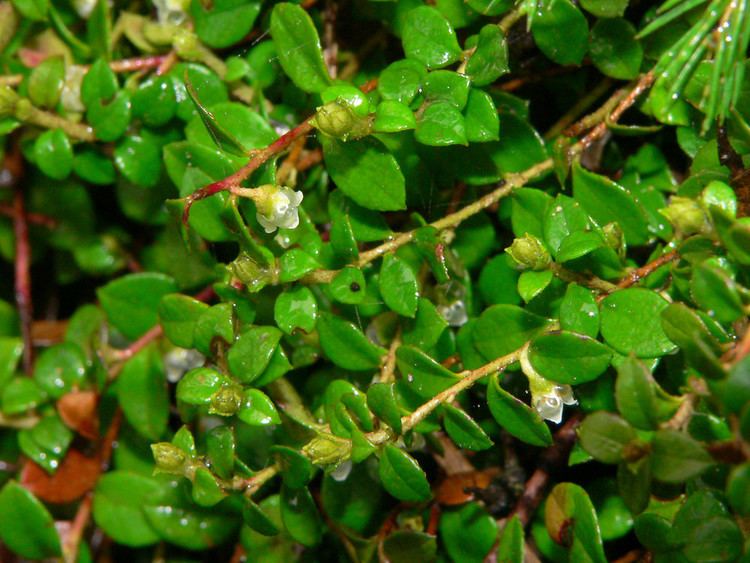
Description
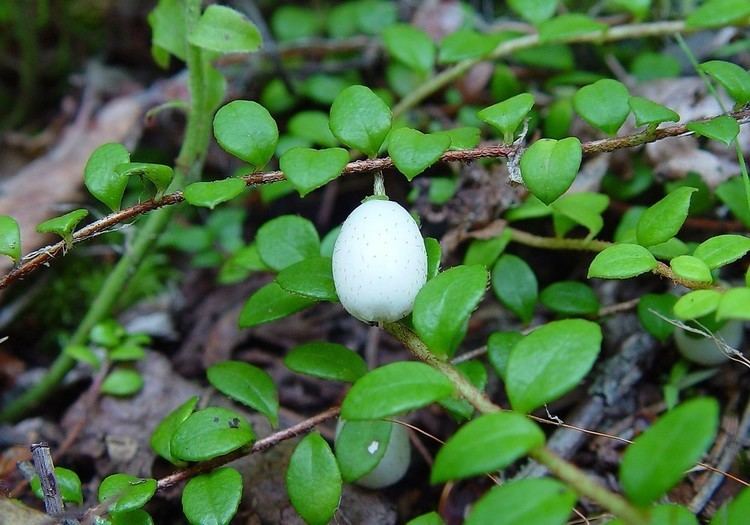
Gaultheria hispidula is an evergreen prostrate shrub which forms a mat of stems and leaves which can reach 1 m (3 ft) in diameter and only 10 cm (4 in) high. The small leaves, which are under 1 cm long, are arranged alternately along the stems. The pale green-white flowers are seen in spring, followed by the white berries in August and September. The fruit is edible and acid-tasting.
Habitat and ecology
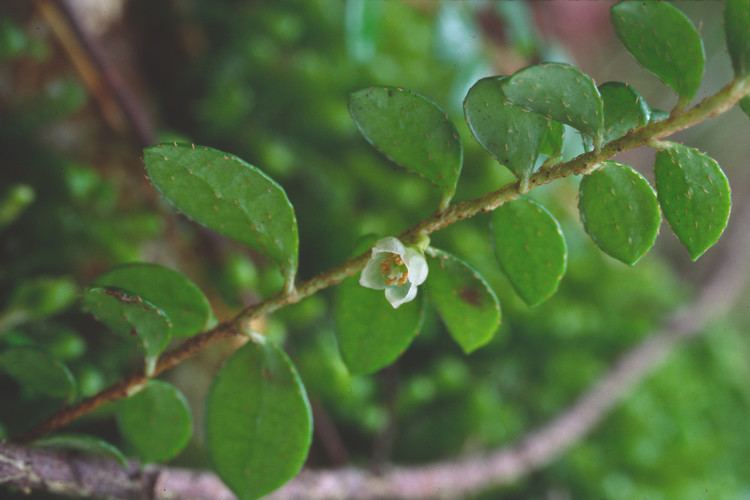
Gaultheria hispidula grows in acidic and neutral soils in open woodland and forest verges, particularly on wet ground such as in or on the edge of bogs, often near tree stumps. It is pollinated by solitary bees, bumblebees, bee-flies and hoverflies, while chipmunks and deer mice spread the seed.
Conservation status
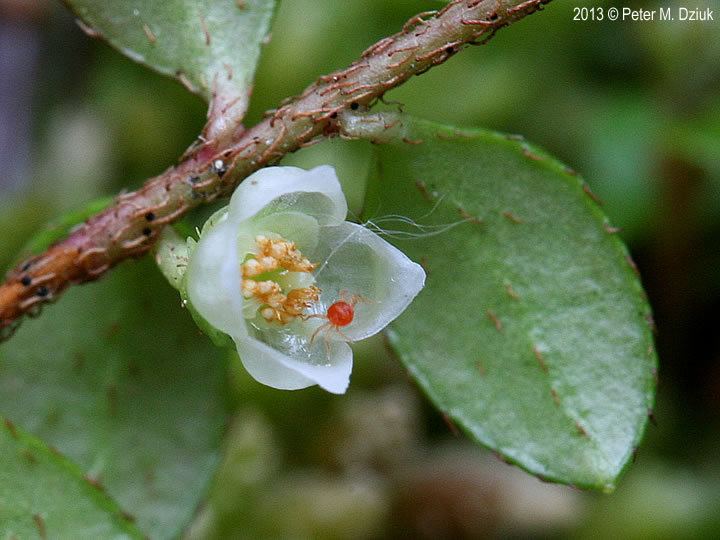
Its original range spread from far northern Canada to as far south as North Carolina, but it has been extirpated from the southerly portions of its original range. Like most plants in North America, deforestation and competition with invasive ornamentals (especially shade-loving groundcovers, such as English ivy or winter creeper commonly sold at garden centers) probably hurts the creeping snowberry significantly. As a result, it has been extirpated from some of its original range and classified as rare in several states. Despite this, its international status has been evaluated as secure. This is because it is still quite common in its more northerly range of greater Canada. However, deforestation and exotic invasion are continuing problems that affect all forest species in both Canada and the United States.
Uses

The Algonquin people use an infusion of the leaves as tonic for overeating. They also use the fruit as food. The Anticosti use it as a sedative, and the Micmac take a decoction of the leaves or the whole plant an unspecified purpose. The Ojibwa people use the leaves to make a beverage.
